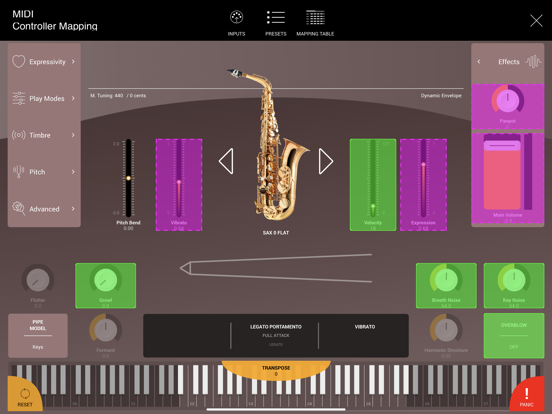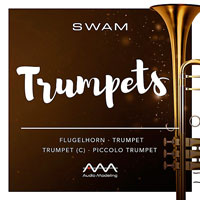
Their work together started in They released their first virtual instrument - a soprano sax - in SWAM instruments are cutting edge in their virtual virtuosity. Finding these hidden commonalities helped Stefano and Lele create over 15 deeply detailed virtual acoustic instruments in only a few years. You find similar dynamics of overtone in flutes, saxophones, strings because of similar reactions in these instruments. We found that there are many commonalities in the function of the instruments to react. Rather, we studied the macro mechanism of the instrument. One reaction creates so many different articulations. Like organs in a variety of bodies, they regulate and explain both the organism and the species. All acoustic instruments, moreover, tend to share these dynamics. Not only is a flute governed by a few physical dynamics. The more they researched, the more they discovered that the physics of acoustic instruments are remarkably similar.

This is an excellent way to understand the physics. Their performances often sound terrible.īut they expose the naked dynamics of the instrument. The best way, Stefano says, is to observe YouTube videos of beginners. Stefano and Lele spent years studying acoustic instruments. The SWAM engine, for example, has a behavioral modelling algorithm for reed instruments that minutely simulates the interplay between breath and pitch. The short answer is that they found a way to blend techniques of sampling - or recordings of acoustic instruments - with more advanced techniques of physical modelling and behavioral modelling.īehavioral modeling aims to reproduce the human behavioral side of musical performance - all of the imperfect yet exquisite variations of finger movement and breath that bring music to life. At first, Stefano thought of SWAM as a solution for bringing better instrumental sounds into his music. Both men are musical, yet they have a research and engineering bent. The first hit was Lele - a web developer and VST maker who lived nearby. He then developed his own idea about a new approach to acoustic sound modelling.

A former producer of pop and jazz music for Italian television, Stefano made the shift to sound engineering after working on a project to model a Stradivarius violin through synthesis. I can't seem to go from a fading tone to an unpitched breath sound to finally silence.Close your eyes and you hear the flutter of breath through a flute, the resinous scrape of a bow on a violin string, or the slightly off-key slide of a saxophone.
Swam engine sax how to#
I remember a friend showing me it was possible to do with the Sample Modeling Sax Brother saxes (though I don't recall the exact details of how), but I've never figured out how to do it using the SWAM saxes.

One question I have is whether or not its possible to "play" a note but only get a breath sound. As mentioned above, the degree to which it can be made to sound realistic is more a question of how savvy the user is in programing all the different available control parameters (something I'm always learning more about). Like any even great vst it's not the same as the real thing, but it's close enough and expressive enough to be inspiring to play and compose for (whether with a midi keyboard and breath controller or with an EWI).

Swam engine sax software#
It along with Reaper were my first music software purchases. But I can't officially put my money where my mouth is until I actually dig in and start working with the SWAM instruments for ensemble work, which may not be until next year.Īs a former alto sax player who had to finally give up playing due to repetitive strain injuries, the SWAM Sax VST has been a godsend. Although I haven't used the SWAM saxes to create ensembles yet, my limited experience with SWAM instruments (which includes string ensembles) leads me to believe it could be done quite convincingly by editing the notes and CC data as well as the SWAM engine's wealth of parameters. There are reasons why individual VI tracks, whether sampled or modeled, can sound synthy and phasey when mixed, but there are also techniques for minimizing or eliminating that effect, such as using round robins, using adjacent samples and repitching them, adjusting timing, using adjacent dynamic layers, EQ, etc. I will suggest, though, that if you're hearing a phasey/synthy sound in demos, first try to determine if it's the library or the user. I haven't experimented with that yet, because the arrangements I'm currently recording only use one sax.


 0 kommentar(er)
0 kommentar(er)
